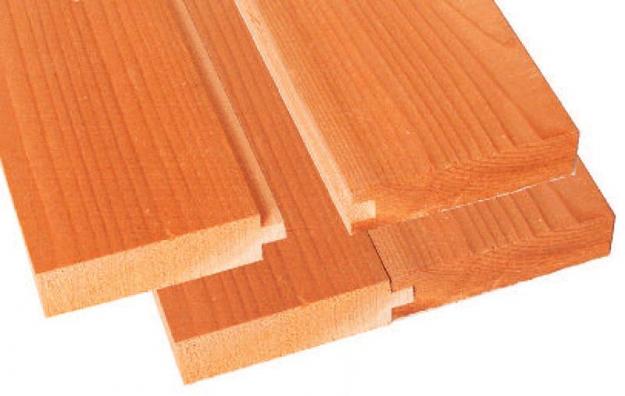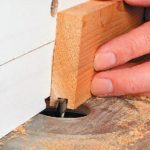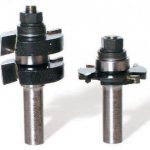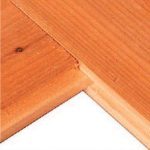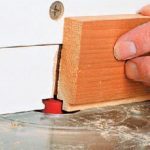Tongue & groove
The Tongue & Groove (T&G) joint is primarily a structural edge-to-edge joint. You can use it to strengthen glued-up boards or to keep backing boards for a cabinet flush, even when not glued together. You can also use it to strengthen a butt joint such as on a cabinet frame. It’s the same type of joint used to keep hardwood floorboards flush.
Matched set of T&G bits
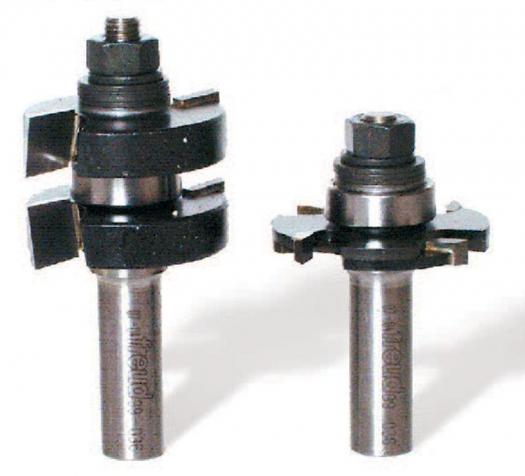
Rout the groove
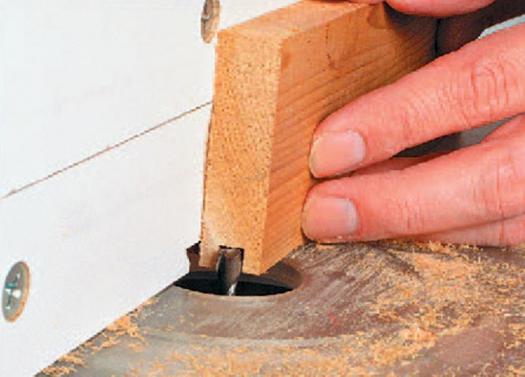
Rout the tongue
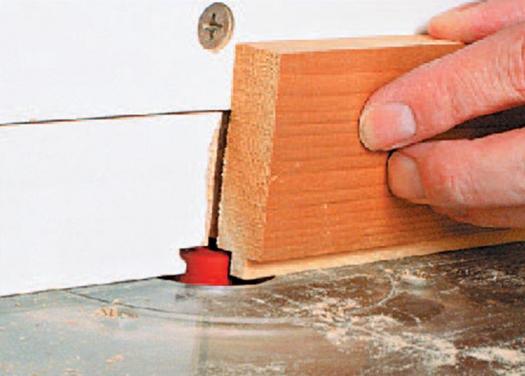
T&G joint frame
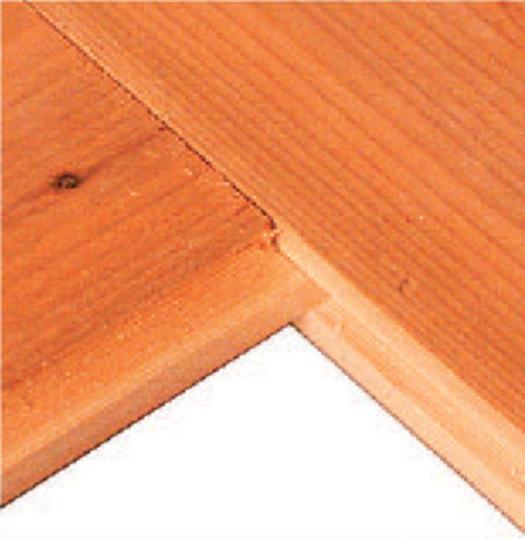
What You Need
You can make this joint many ways. You can use specialized hand planes or a table saw, but a router (attached to a router table) is the easiest way. To use a router, you’ll need a 1/4″ and a 1/2″ (straight or spiral) bit. If you will be making a lot of tongue and groove joints, you might want to purchase a matched set of T&G bits (see sidebar).
How To Make the Joint
Making the joint on your router table is quite easy. However, it does require a little bit of set-up to make the parts fit together precisely.
Begin by making the groove. Install a 1/4″ bit into your router, so that it projects 1/4″ from the tabletop. Adjust your fence so that the bit will be exactly centered on the width of the project pieces. Use scrap from your project pieces to test your set-up, adjusting the fence as necessary.
When satisfied with your set-up, rout the groove into your project pieces. If you want a deeper groove, raise the bit and rout again.
To make the tongue, set up a 1/2″ bit in your router. Have it project just under 1/4″ from the table top. This will keep the tongue shorter than the groove to allow space for the glue to collect and for proper seating of the shoulders. Adjust the fence so that the bit will cut a 1/4″ width.
Use scrap from your project pieces to test the set-up. Rout one edge of the scrap and then flip it over and rout the second edge to create the tongue. Test the fit with the grooved pieces you just routed.
When the pieces fit together perfectly, rout all the tongues in the project pieces. If you routed a deeper groove, raise the bit, keeping the depth of cut just under the depth of the groove.
Using a Matched T&G Set
Matched T&G bits offer a quick and easy way to create a tongue and groove joint, particularly if you are producing a lot of them. The advantage of these bits is that they will give you an exact groove and tongue size.
You are also able to rout your joint with the stock flat on the table. The single cutter bit makes the groove, while the double cutter bit creates the tongue.
Michel Theriault - mjtheriault@sympatico.ca

